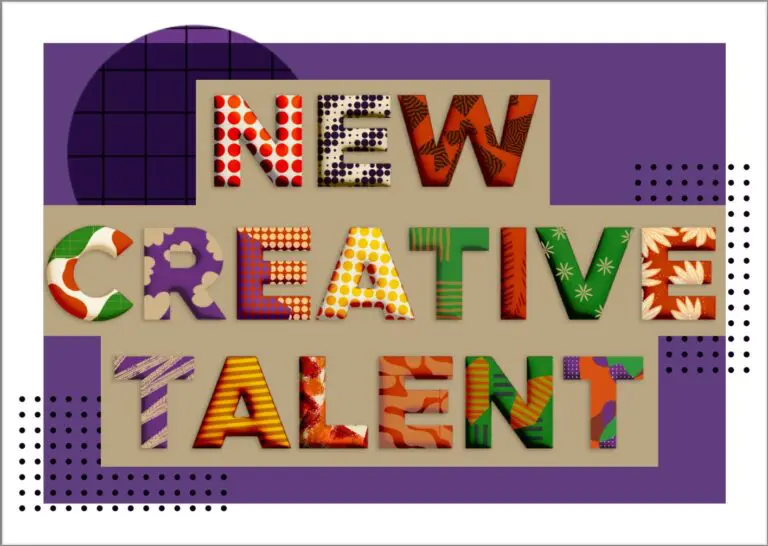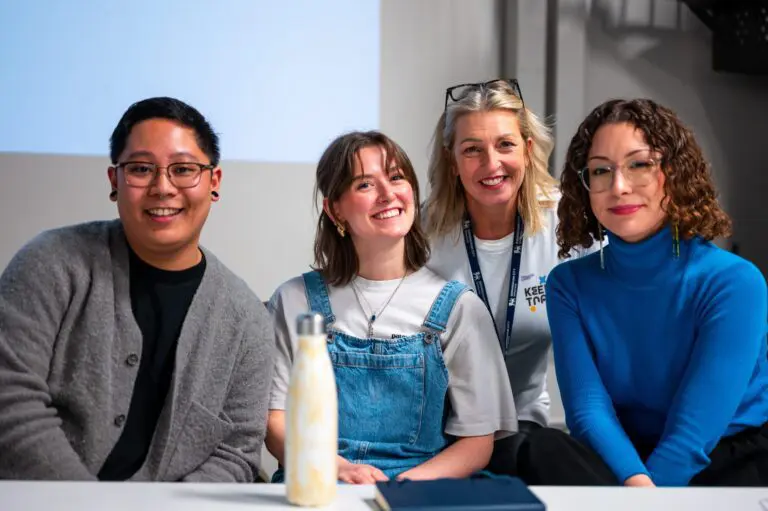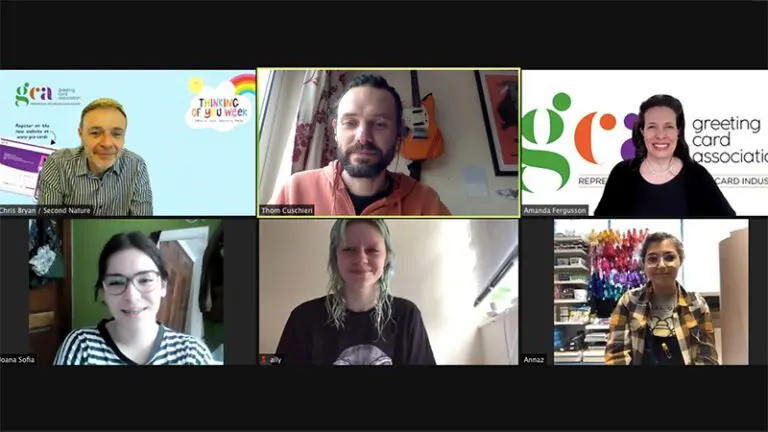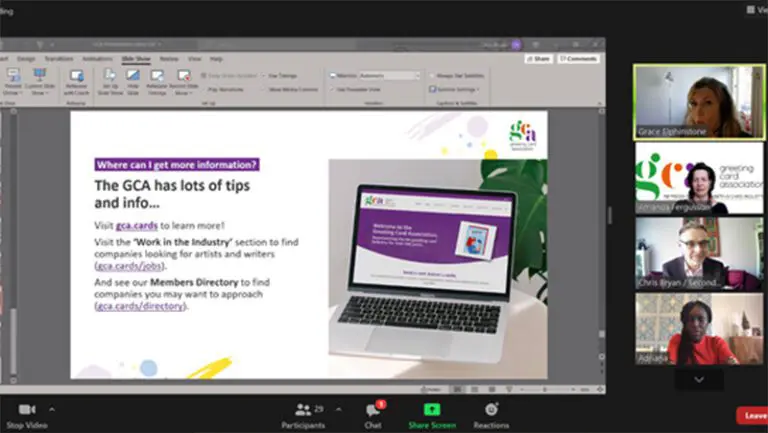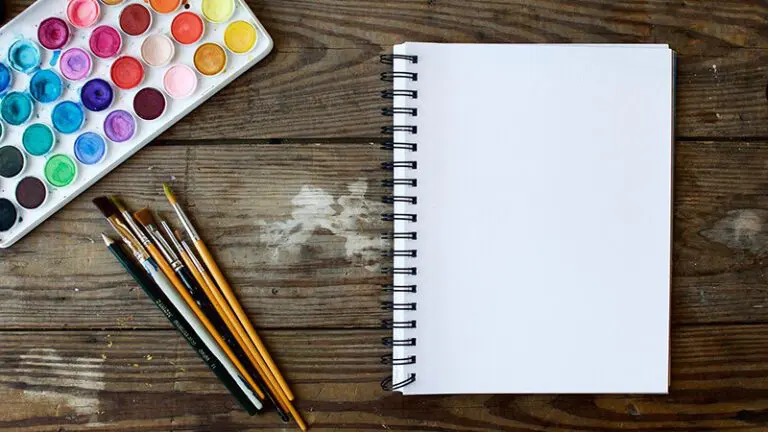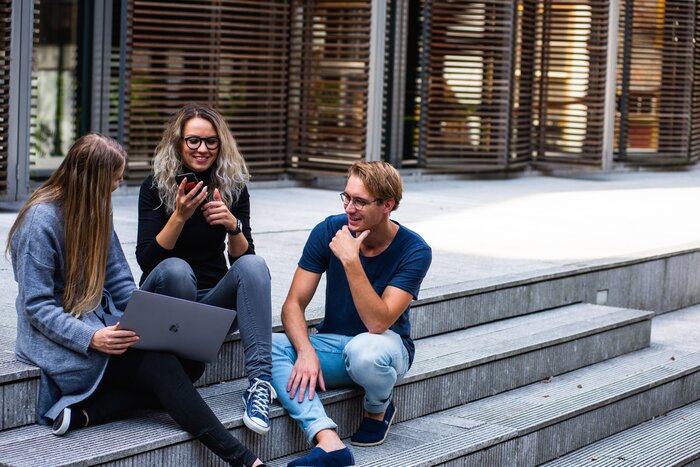Creative Inspiration
There are many ways to inspire creativity. The most innovative usually come from taking your starting point from outside your immediate circle of thought.
For example:
- Natures own structures: flowers, plants, scenery etc. Amazing shapes and structural forms can be simulated.
- Sculptures – what they would look like made from paper.
- Architectural forms – miniaturisation?
- Furniture, everyday objects, e.g. pedal bins; how do they work, can the mechanics be made from paper?
- Museums – science and engineering; moving parts, think paper and card.
Secondly come closer to the task in hand and look at:
- Presentation packaging.
- Display pieces in shops.
- Pop-up books.
Dissect, examine, be curious. Store the information. Even though the idea may not come immediately, the thoughts may combine to form something different, something that you could not have possibly thought of to begin with.
Economical Approach
The simplest ideas are always the best, but often not as simple or straight forward as they may seem. Ideas may develop and become complicated. Always refine an idea back to its very simplest form – this not only satisfies many constraints but also makes it appear good looking.
There are also practical reasons for ideas to be economical (simple) in their design:
- Ease of construction, if it is complicated and takes a long time for somebody to assemble, it will be to costly to make.
- Fitting and cutting out of a given sheet size: the more you can get from a sheet the less the unit cost and the less the wastage.
- The ability to fold flat – not only for posting but for storage at make up point and in transit to storage and outlet.
